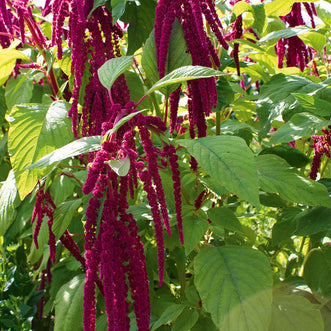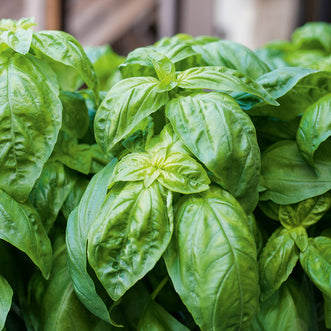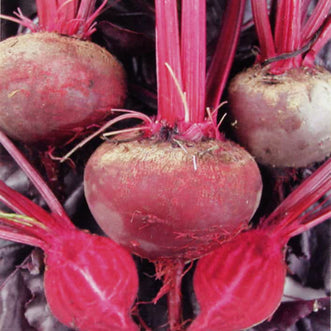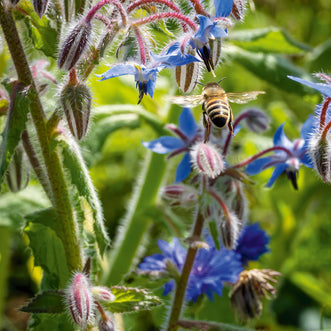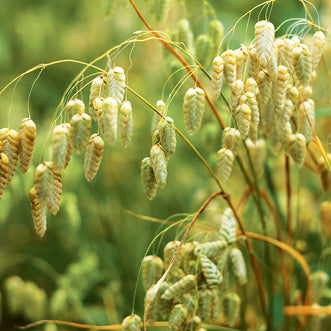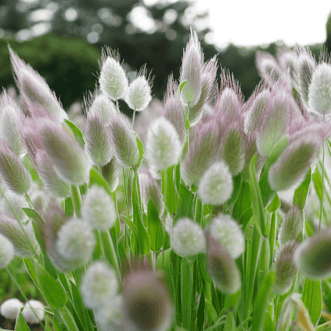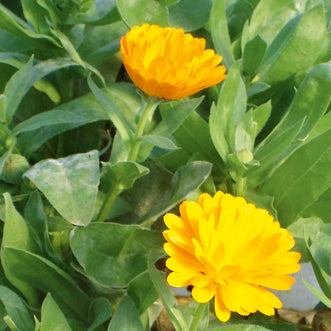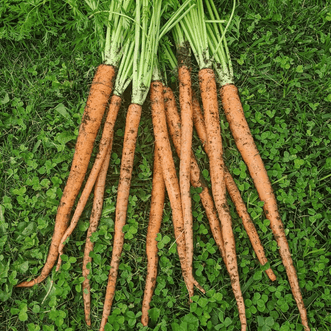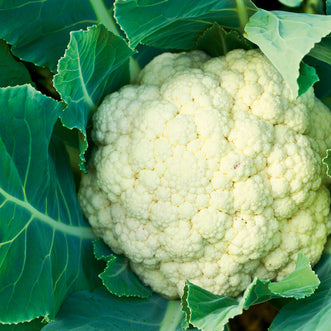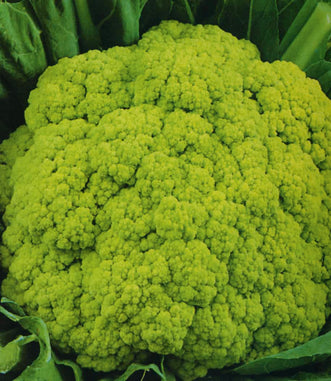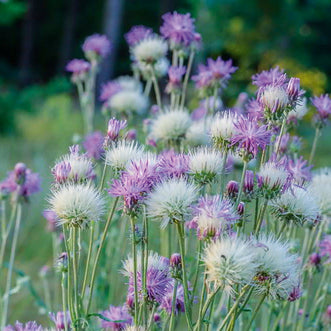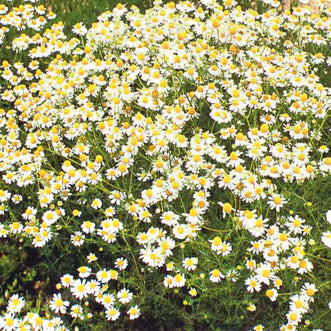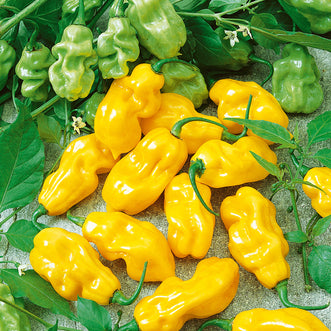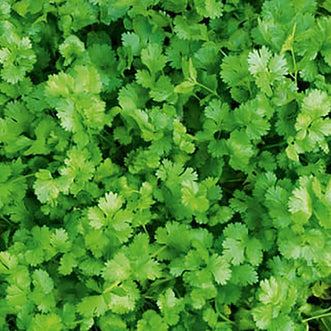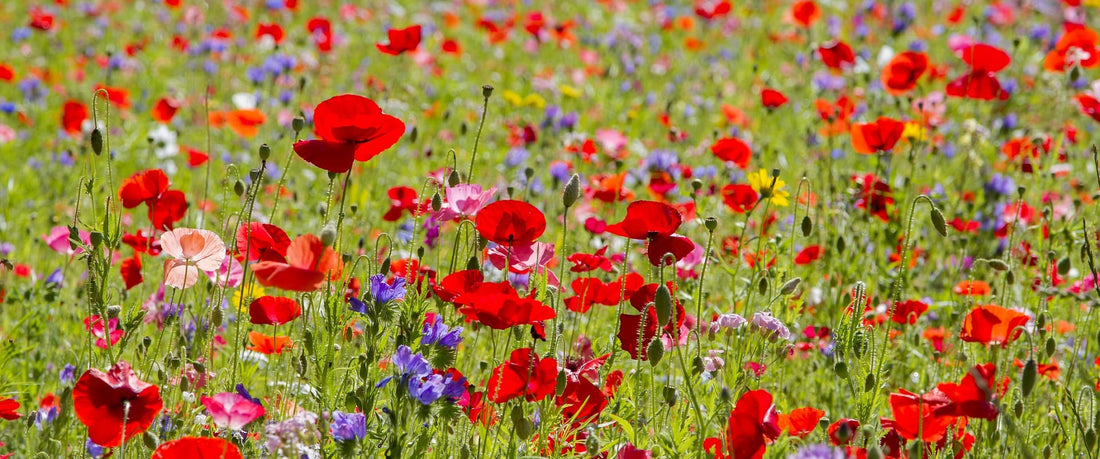
Autumn Wildflowers
CarolynSowing for Autumn (and beyond!)
At this time of year, with gardens in full flower, it is easy to forget that autumn will follow summer soon enough, and that a bit of thought and enthusiasm now can lead to a second flush of blooms flowering in autumn. There is still time to get into gear and sow some more flowers to extend your blooming season into autumn, or to raise some plants to a good size to allow them to winter through and be ready to flower early in spring.
This season has been very dry in a lot of areas – apart from the odd period when there has been altogether too much rain! This means that most of us are now gardening in soils which very low moisture levels. Dry soils can lead to hard and crumbly ground conditions with a reduced level of biological action. Not conducive for happy, active worms! You might see them in the cooler parts of good compost heaps, but not as many in the garden as you would see when moisture levels are better overall.
If you want to sow and grow some autumn flowers from seed, there is still time to do so for those of you who live in the most favourable climate zones, which here in New Zealand equates to living in the coastal or northern regions. If you are living in the higher altitude, inland or southern parts of New Zealand, you may already be experiencing the cooler night temperatures which, along with shortening day length, affect growth rates.
We can make some suggestions to help you choose some varieties of annual flowers which will germinate, grow and flower within ninety days, meaning beautiful autumn flowers in your garden if you get started soon! You could grow Cosmos, and enjoy their beautiful, airy, delicate crepe-paper flowers nodding above the garden beds. Calendula will also grow in this timeframe and can add a bright, cheerful pop of colour. Antirrhinums, with their pretty range of colours are a wonderful flower to brighten up your garden beds and can also be grown successfully before winter begins. Cheerful nasturtiums are also happy to oblige and flower within ninety days, and you can add some cottage garden charm by sowing violas and viscaria, asters and cornflowers. Alyssum can be grown at this time of year as well, and it would be lovely to have lacy alyssum flowering in autumn! California Poppies, Sweet Peas and Phacelia would be pretty in the autumn garden, and you still have time to grow sunflowers! Now that is a pretty good list to get a keen gardener started on sowing some autumn flowering varieties! If wildflowers are sown now, they will flower this autumn in most areas before the onset of winter - as long as there is a bit of rain soon!
The best plan to ensure you always have flowering plants coming on through the season is to cultivate a habit of sowing successively – just sow a few seeds (of a few varieties) every week or every two weeks and as your plants grow you can replace your spent plants with the next keen replacements. Treat your sowing-for-autumn plan as a project worth tracking and learning from, and write down what you do. If you remember to go back later and also record the outcome, you will know what was successful in 2017 and you can then use that information to help you plan a sowing timetable for the following season. It is always helpful to get to know what will and won’t work in your own garden. As the seasons go by, it’s great to be more and more knowledgeable about your own local climatic conditions, what your growing timetable and limitations are likely to be, when the first frosts are likely, and when you are going to have to start to exercise more caution than enthusiasm with your sowing!
If your green fingers are just itching to keep on sowing your seeds, then here are some ideas for you: As we head into late March and April and through into May, it is still possible to sow wildflowers. Seeds sown now as we go into the later part of the growing season will germinate and grow to a certain point and then as the cold weather begins, the plants will stay vegetative through the winter. They will flower the following spring as the days lengthen and this means you will have flowers much earlier in spring.
You could also get some of next season’s biennial and perennial flowers sown now. These plants won’t grow to maturity and flower before winter, but if you sow them now they will have time to grow a bit of a crown and/or root system before dying down for the cold period. Many of these varieties need a period of vernalisation (winter chilling) in order for flower buds to initiate the following season, so winter will do its magic and the flowers will grow and flower for you when the garden warms up in spring.
If you are keen to get some biennials and perennial seed sown now, you could choose to grow some lovely tall flowers, like Bells of Ireland, Delphinium, or Foxgloves. You could choose colourful Aquilegia, stylish Echinacea, or cheerful Phlox or Dahlias. Baptisia, Commelina, Gaura, and Snow in Summer are also pretty and can be sown now to enjoy flowers next season.
So while we are enjoying summer, we can look forward to flowers in autumn, and more flowers next season. What are you sowing now and will it be for autumn flowers? Or are you preparing now for a head start on spring flowers?






